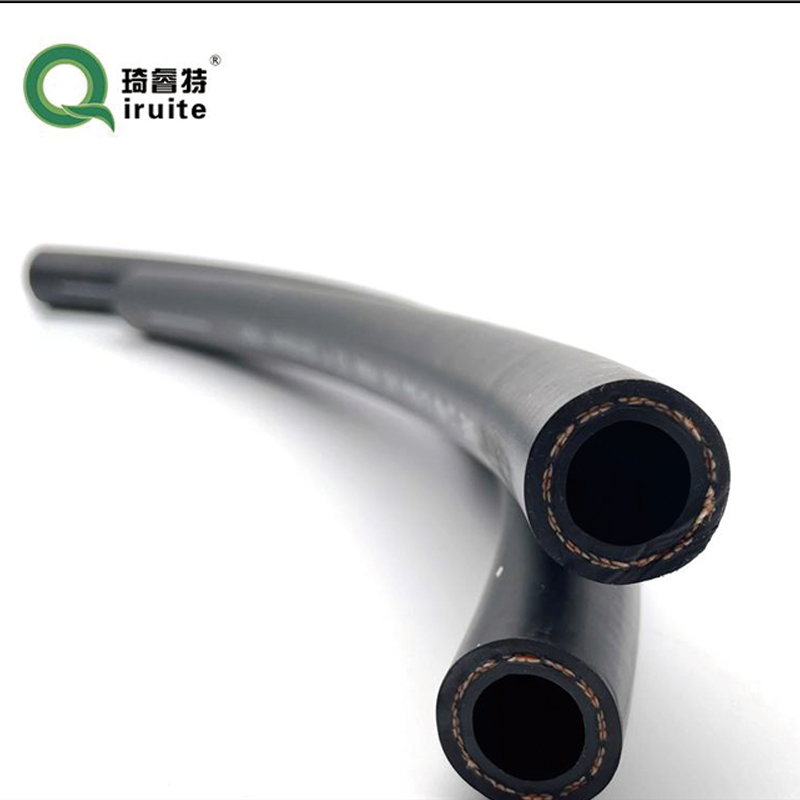Replacement Power Steering Hose for BMW 325i Ensuring Optimal Vehicle Performance
Understanding the Power Steering Hose for BMW 325i Features, Functions, and Maintenance
The BMW 325i, a beloved model in the BMW lineup, is renowned for its performance, luxury, and engineering excellence. One crucial component that plays a significant role in its operational efficiency is the power steering hose. This article explores the importance of the power steering hose in the BMW 325i, its functions, common issues, and maintenance tips to ensure optimal performance.
What is the Power Steering Hose?
The power steering hose is a vital component of the power steering system that facilitates the flow of hydraulic fluid between the power steering pump and the steering gear. In the BMW 325i, there are typically two types of hoses involved the high-pressure hose and the return hose. The high-pressure hose carries hydraulic fluid from the power steering pump to the steering gear under high pressure, providing the necessary force to assist in steering. The return hose, on the other hand, returns the fluid to the reservoir after it has performed its function.
Importance of the Power Steering Hose
The power steering system in the BMW 325i enhances the driving experience by providing better steering responsiveness and reducing the effort required by the driver. The power steering hose ensures a consistent and reliable flow of hydraulic fluid, which is essential for maintaining the effectiveness of the power steering assist. A malfunctioning hose can lead to inadequate steering performance, making it challenging to maneuver the vehicle, especially at low speeds or during tight turns.
Common Issues with Power Steering Hoses
Like any other automotive component, power steering hoses can experience wear and tear over time. Common issues associated with the power steering hose in the BMW 325i include
1. Leaking Hose One of the most prevalent problems is leakage. A damaged or worn-out hose can develop cracks or pinholes, causing power steering fluid to leak. This can lead to a drop in fluid levels, impairing the power steering system's effectiveness.
2. Fraying Continuous exposure to heat, vibration, and environmental factors can cause the hose material to fray. Frayed hoses can become brittle and may rupture under pressure, leading to sudden steering failure.
bmw 325i power steering hose

3. Kinks or Restrictions If the hose is kinked or bent, it can restrict the flow of hydraulic fluid, which can result in poor steering response. This can also put additional strain on the power steering pump.
4. Contamination Contaminants can enter the power steering system, leading to fluid degradation. This can cause the hose to become malfunctioning and may lead to more significant issues within the steering system.
Maintenance Tips
To prevent power steering hose issues and ensure the longevity of the power steering system in your BMW 325i, consider the following maintenance tips
1. Regular Inspections Regularly check the power steering hoses for signs of wear, such as cracks, leaks, or fraying. Early detection can prevent more severe issues down the line.
2. Fluid Levels Keep an eye on the power steering fluid levels in the reservoir. If you notice a significant drop, inspect the hoses for leaks and address them promptly.
3. Replacement If a hose shows signs of significant wear or damage, replace it immediately. Using OEM (Original Equipment Manufacturer) hoses is recommended to ensure compatibility and reliability.
4. Fluid Quality Use high-quality power steering fluid to guarantee optimal system performance and reduce the risk of contamination.
Conclusion
The power steering hose is a critical component of the BMW 325i's steering system, directly impacting driving performance and safety. By understanding its functions and potential issues, BMW owners can take proactive steps to maintain the integrity of their steering systems. Regular inspections and timely interventions can ensure that your BMW 325i continues to provide the exceptional driving experience it is known for. After all, a well-maintained power steering system not only enhances maneuverability but also contributes greatly to overall vehicle safety.
-
Ultimate Spiral Protection for Hoses & CablesNewsJun.26,2025
-
The Ultimate Quick-Connect Solutions for Every NeedNewsJun.26,2025
-
SAE J1401 Brake Hose: Reliable Choice for Safe BrakingNewsJun.26,2025
-
Reliable J2064 A/C Hoses for Real-World Cooling NeedsNewsJun.26,2025
-
Heavy-Duty Sewer Jetting Hoses Built to LastNewsJun.26,2025
-
Fix Power Steering Tube Leaks Fast – Durable & Affordable SolutionNewsJun.26,2025

